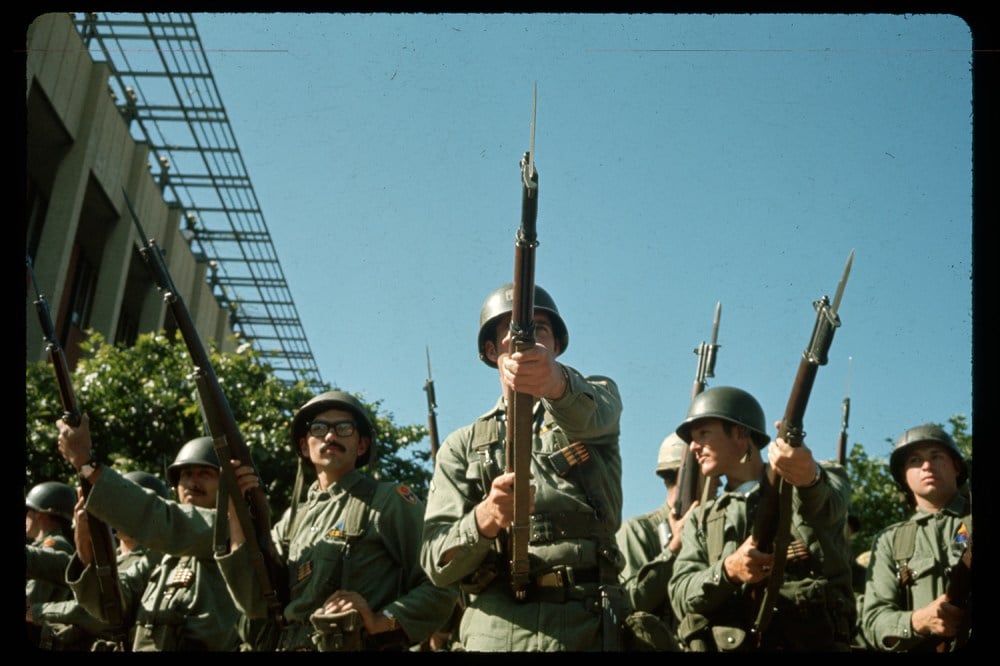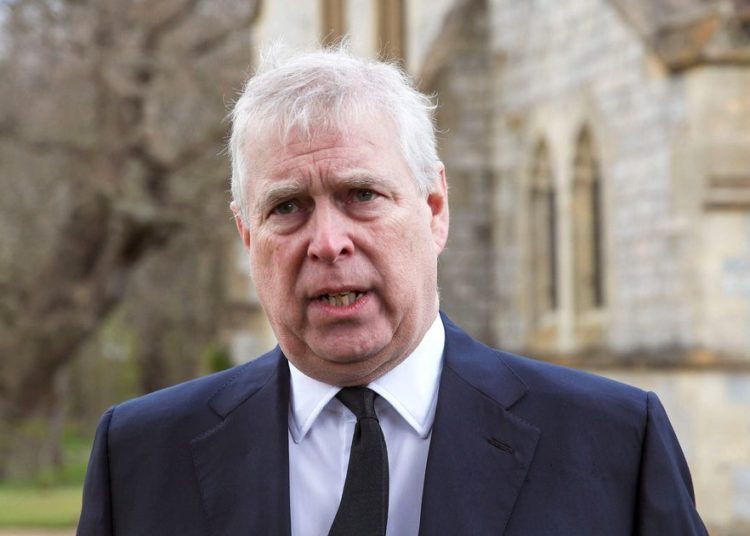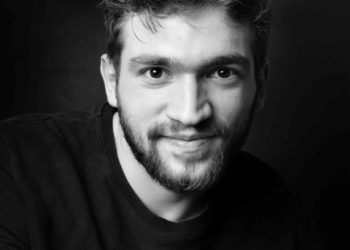In his second term, U.S. President Donald Trump has taken aim at higher education. His administration has made or threatened draconian cuts to federal university funding, proposed hostile takeovers of campus operations at Columbia University and Harvard University, and sought to halt the flow of international students.
Though Trump’s crackdown is shocking, it is not unprecedented. Indeed, railing against higher education has been a centerpiece of conservatism for more than half a century.
Although many conservatives went after administrators, professors, and students during the Cold War, it was former President Ronald Reagan who perfected the craft while serving as governor of California from 1967 to 1975. Targeting the University of California, Berkeley, Reagan cast the campus as ultimate proof that Democrats were elitist, radical, and dangerous.
Reagan’s template for pitting conservatives against the university remains a staple of Republican rhetoric today. The main difference between Trump’s attack on higher education and that of his conservative predecessors, however, is just how far he is willing to go in this effort and the limits thus far of the pushback from outside university walls.
During the 1950s, universities were a source of great national pride. There was no better testament to this than the UC system, where research and education went hand in hand.
Under UC President Clark Kerr, the land-grant school system emerged as a hub for cutting-edge research across disciplines, as well as a national model for the modern multicampus university. It did not charge tuition for California residents, making it an educational pathway for working- and middle-class Americans to improve their economic standing. Benefiting from the substantial federal investments in higher education during the early Cold War, the entire California higher education system was thriving by the mid-1960s and flooded with baby boomers eager to learn.
Political attacks on the university came to a head following the rise of the Free Speech Movement in 1964.
That fall, many UC Berkeley students were unhappy to discover new policies limiting political activity in particular areas of campus and restrictions on participating in causes off campus. This came amid increasing concerns from university regents and state politicians about growing student participation in civil rights activism.
Berkeley erupted in protest after campus police arrested a former graduate student for tabling in a restricted area to distribute information about and fundraise for the Congress of Racial Equality. Protests, sit-ins, and rallies continued for months. By the start of 1965 the university had removed most speech restrictions, but protests came to encompass other issues, including the Vietnam War. Berkeley quickly earned a reputation as a place where protesting was cool.
Meanwhile, Reagan, a former Hollywood actor and onetime Democrat, was gaining national attention after delivering a speech for Republican Barry Goldwater’s 1964 presidential campaign. In 1966, Reagan turned this momentum into a run for governor of California against the Democratic incumbent, Pat Brown.
The unrest in Berkeley offered Reagan a villain to rally against and quickly became one of his primary campaign targets. Reagan lamented how the university had been “brought to its knees by a noisy dissident minority.” He vowed to “clean up the mess at Berkeley” while attacking the “communist sympathizers, protesters, and sex deviants” who were engaging in “anarchy” as opposed to “academic freedom.”
Students were not the only ones deserving of blame, Reagan said. The faculty and administration were also responsible for creating a “morality and decency gap.” Reagan’s harsh rhetoric portrayed students and professors as irresponsible, extreme, and dangerous. He even blamed the university environment for the 1968 assassination of Sen. Robert Kennedy: “A sick campus community in California in many ways is responsible for a sick community around those campuses.”
After Reagan defeated Brown by a landslide, many national Republicans perceived his victory as a sign of revival and evidence that conservative politicians could win elections by attacking universities.
Once governor, Reagan continued to hammer away at higher education. There was “no longer any room for appeasement,” Reagan warned of the campus radicals. Under pressure from Reagan, the UC Board of Regents fired Kerr, whom conservatives believed had been too tolerant of student protest. A panel that Reagan placed under the leadership of former CIA Director John McCone launched a major investigation into campus unrest at Berkeley.
In May 1969, under the guise of a state of emergency, Reagan authorized an armed crackdown by the National Guard and the California Highway Patrol against Berkeley protesters who had taken control of a vacant university-owned area, called the “People’s Park.”
Many people on the left saw this as the lowest point in Reagan’s governorship, but conservatives loved it. Unapologetic, Reagan said that universities were to blame, since they had allowed “young people [to] think they had the right to choose the laws they would obey, as long as they were doing it in the name of social protest.”
Beyond the crackdown on protest and unrest, the Reagan administration reduced state funding for public universities and required administrators to charge tuition to offset the cuts—accelerating a trend that would shape many states in the 1970s. The governor argued that forcing students to have a financial stake in the game would create a strong disincentive for them to “agitate.”
With smaller budgets and fewer resources, the UC system went through a difficult period. A 1969 New York Times article put it succinctly: “It has reached the point where many officials fear the university’s status as a great institution is seriously threatened. … Faculty salaries have been restricted, older structures have deteriorated, campuses have been unable to hire the staff and build the facilities needed to accommodate a growing population.” Under Reagan, though California’s nominal spending on higher education increased, its per-capita and per-student spending declined.
According to sociologist Neil Smelser, who taught at Berkeley at the time, Reagan’s crusade against the university was driven by both ideology and politics. “As a matter of Reagan’s honest convictions, but also as a matter of politics, Reagan launched an assault on the university,” he said.
Indeed, Reagan maintained that fighting faculty and students helped position his administration as the populist alternative to the Democratic Party. He claimed to harness the authentic voice of the mainstream electorate—what then-U.S. President Richard Nixon famously called the “silent majority”—who felt isolated from higher education. This seemed to be validated by Reagan’s successful reelection campaign in which his tough stance toward the university helped him appear to Republicans like an effective leader.
Ultimately, however, Reagan’s attacks did not have their desired effect. UC Berkeley not only recovered but expanded and thrived. Like other conservatives, Reagan toned down some of his rhetoric in the aftermath of the tragedy at Ohio’s Kent State University in May 1970, when the Ohio National Guard fired at anti-war protesters, killing four students. The state legislature continued to defend and fight for university funding as many members retained a commitment to higher education, understanding the value it brought to the state.
Despite his best efforts, Reagan was unable to quell student activism in Berkeley or elsewhere; campus civil rights movements continued to spread throughout the country and expanded into new realms, such as feminism and environmentalism. Meanwhile, the substance of UC research and curriculum remained mostly unchanged, as faculty refused to sacrifice the quality of their work in the face of political pressure.
Long after Reagan departed the statehouse—and later, the White House—California’s university system survived, as did a culture of free inquiry, free speech, and free political expression. The UC system remains one of the best in the United States—not because of Reagan but despite his actions.
Today, Reagan’s agenda is once again front and center as Trump carries on Reagan’s crusade against universities.
But the world has changed since Reagan’s governorship. The U.S. public has less trust in higher education, and the modern Republican Party has shed the voices who differed from Reagan and valued what campuses provide to the nation. Many Republicans no longer seem to think that knowledge production is central to a strong economy or national security program. As members of a party less beholden to rules and norms, they are more willing to strong-arm higher education institutions to obtain their demands. Though Reagan created the blueprint for dismantling higher education, Trump may be the first Republican with the will and means to tear it down.
As a result, the stakes seem much higher now. In the 1960s, there was little thought that Reagan could destroy the state’s university system, but today, many people within U.S. higher education fear just that from Trump. They worry that top scholars will move their research to other countries, and the best students will choose to study overseas or no longer have the financial help needed to learn here. Furthermore, anti-intellectualism could be mainstreamed rather than marginalized, creating a nation that no longer reveres the great benefits of what happens in the classroom.
The post The Origins of the Campus Wars appeared first on Foreign Policy.




